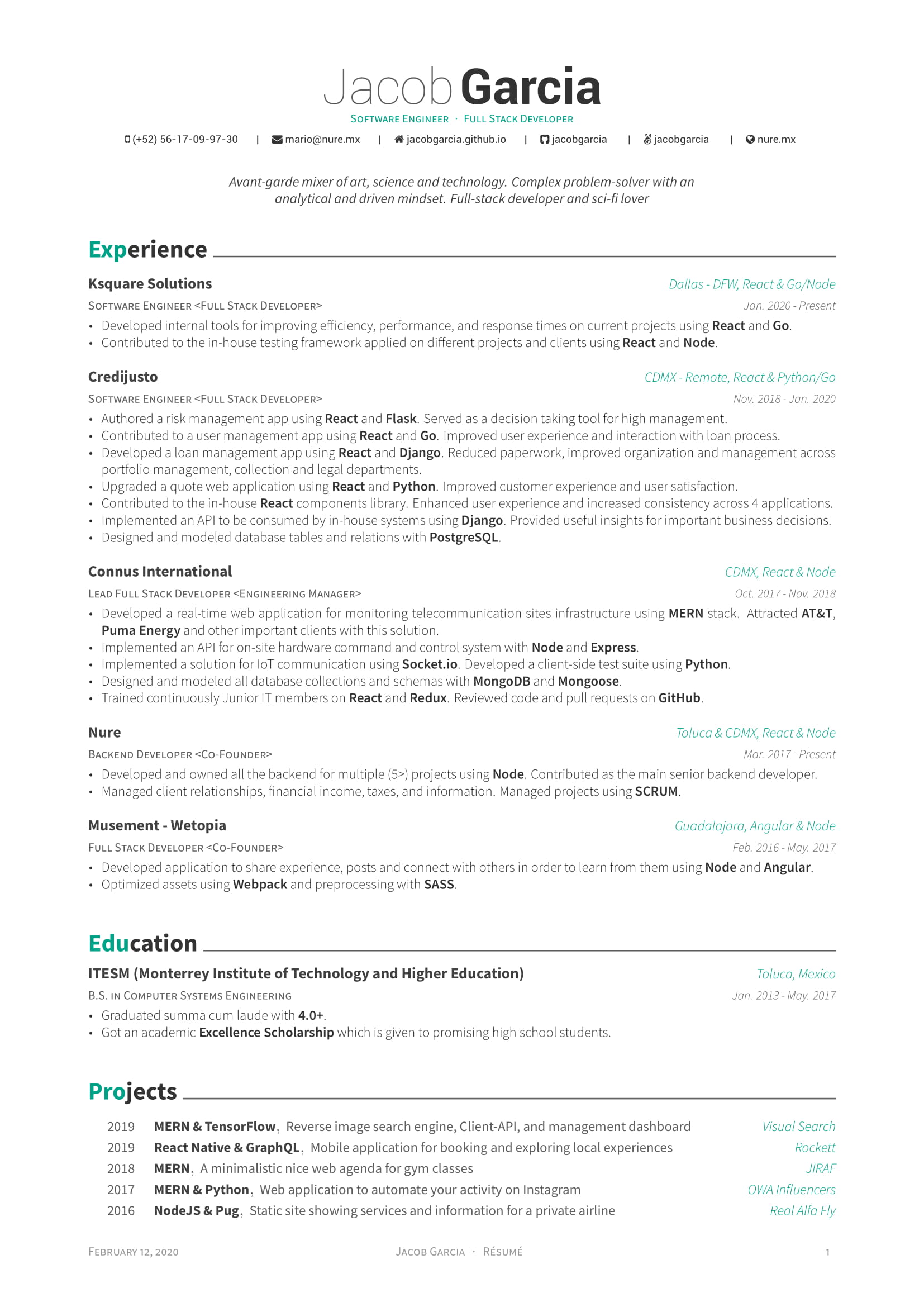
You can also see that the output is set to vitae::awesomecv, which indicates that this CV uses the Awesome CV template. The YAML header contains general entries that are common across many templates, such as your name, address and social media profiles. Why your skills are well suited to the job you are applying for! This is a good opportunity to introduce yourself professionally and summarise Knitr::opts_chunk$set(echo = FALSE, warning = FALSE, message = FALSE) Like other R Markdown documents, the file is split into two sections: the YAML header, and the main body. With the vitae package installed, CV templates can be accessed from the RStudio R Markdown template selector: In version 0.1.0, the vitae package provides four commonly used LaTeX CV templates that have been modified for use with R Markdown.
#Rmarkdown resume install
The vitae package is now available on CRAN, making it easy to install with: install.packages("vitae") Similar can be said for entries relating to awards and achievements, where the brief_entries function can be used to include less detailed sections.Īs an added bonus, simpler design decisions makes the package easier to learn, and easier to develop! 🔗 The usage of these functions is now separated from a specific purpose, giving flexibility to use these functions for any CV section. These CV entries could be simplified into a more generic detailed_entries function, that accepts more general arguments of what, when, with, where and why.
#Rmarkdown resume professional
However when it came to adding functions for professional experiences and related fields, we found that the resulting output was essentially the same. We created an education function, with some context specific arguments such as degree, institution and awards. Initially, we hastily started work on a function that produced entries for education. Someone reading this, please get on that!Īnother example of simplicity being best is the interface used to add CV entries. Employment history from LinkedIn? Well, I can’t find a working package for that yet.Have a few CRAN packages? Include them with pkgsearch.How about Google Scholar? Heard of scholar?.Want to get publications from ORCID? Try the rorcid package!.

This allows vitae to integrate seamlessly with other R packages to pull in data for the CV. However the vitae package does not directly provide functionality for any of these features, instead it relies on a common data format (a data-like object, such as a ame or tibble). vitae helps users to create a CV populated with data from ORCID, Google Scholar, local spreadsheets, online databases, CRAN, and endless others. The vitae package is an excellent example of simpler is better, and less is more. Without concern for the interface, adding an abundance of specific features can make the package less useful overall. When developing an R package, it is easy to focus on features that are specific to your needs. 🔗 /ndR9fmUknk- Mitchell O'Hara-Wild Novem🔗 The package provides Résumé/CV templates for use with R Markdown, and functions to add entries using data (great for integration with other packages!) Introducing the #rstats vitae package, developed by myself and at #ozunconf18 📦🥳. With use of the included templates, examples and helper functions, it should be possible to produce a reasonable looking and data-driven CV in less than an hour.īased on the twitter community’s response to the package announcement, CV maintenance is just as unenjoyable for others as it is for me! Hopefully this package makes it a little bit easier.
#Rmarkdown resume update
The vitae package leverages the dynamic nature of R Markdown to quickly produce and update CV entries from a variety of data sources. Progress on the vitae package progressed much faster than expected, in fact it took less time to produce a functional prototype than it did to tidy the data for the ozbabynames package! The vitae project was primarily worked on by myself ( and Rob Hyndman ( with ideas/discussion from many other participants. With many attendees of the 2018 rOpenSci OzUnconf having converted their CV to use R Markdown, the conference was the perfect space to develop and formalise the ideas that many of us have worked on independently in the past. Having seen several CVs put together into an R Markdown document (including my own, featuring a few quick and dirty hacks to make it work), the need for an R package was obvious. To make matters worse, these professional updates often need repeating across variety of sites (such as ORCID and LinkedIn). It’s a task I often forget about - that is until someone requests it and I find that my latest is woefully out of date. The process of maintaining a CV can be tedious.


 0 kommentar(er)
0 kommentar(er)
